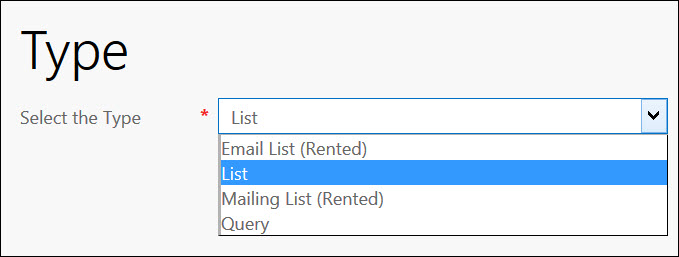Scott “Captain Redlaces” Sewell reminds us to name our relationship display names responsibly. Say you have multiple contact lookups on the account form. If you go with the default naming for the related entity navigation, this will create multiple navigation links with the same name. You might be able to get away with this in browser, but it will be a big problem in the phone or tablet apps. When someone looks at a contact, the related record section of the form will show multiple links with the same name, and users won’t know which to use.
To avoid this, use a custom label for the navigation pane item in the relationship definition. Give the relationships a descriptive name.
 of the
of the




